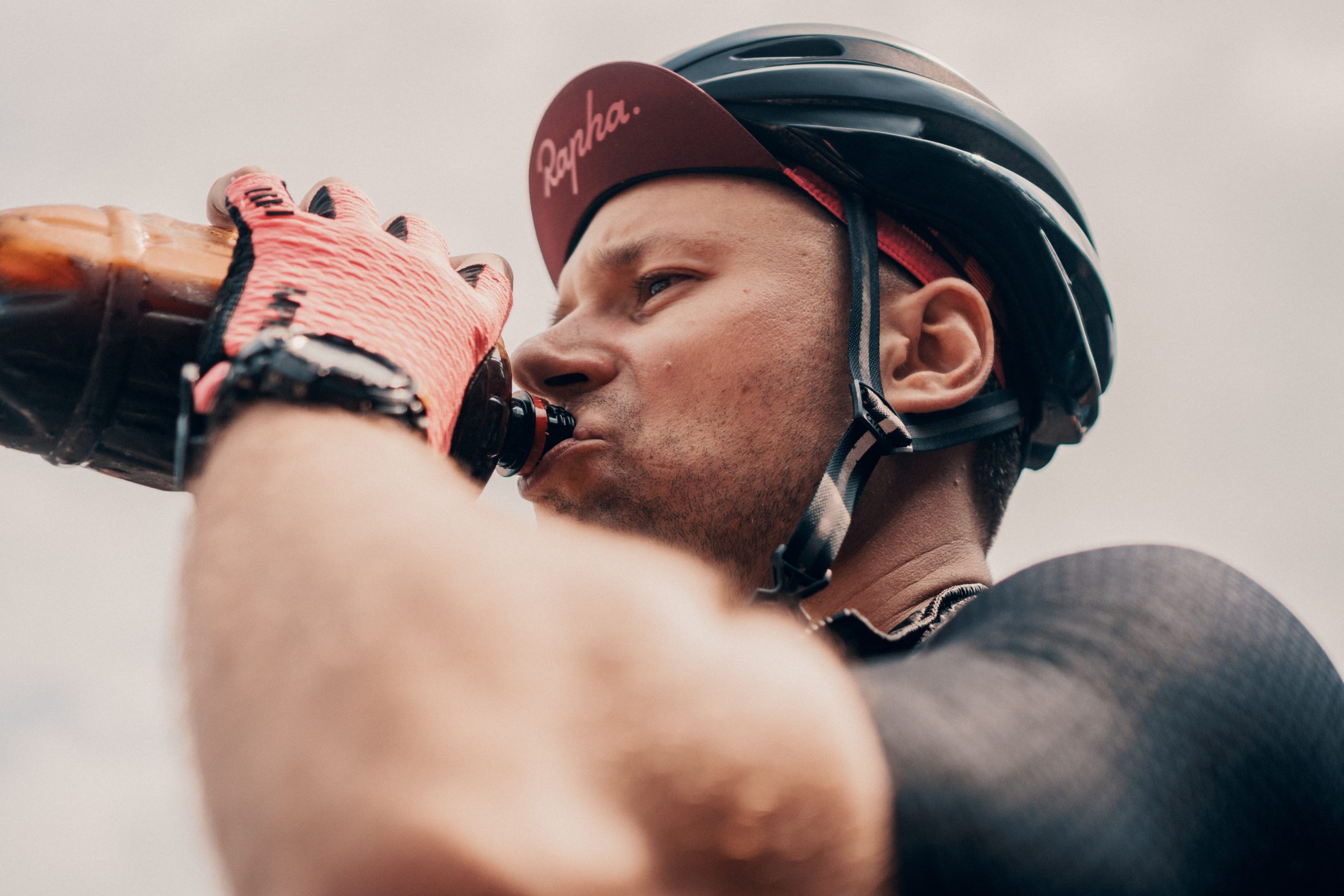Tips to Nailing Your Race Day Nutrition Strategy
Nutrition can easily make or break your success and enjoyment on race day

Preparing for a running race or triathlon takes time, dedication and a significant investment of your energy and money. Nutrition can easily make or break the success and enjoyment of your race. When you visualize yourself on the race course, do you see yourself bonking mid race? How about needing a bathroom stop at mile three?
It’s the time to plan an effective nutrition strategy for race day, and the time to start is as soon as you begin training. Here are some tips to planning well so that you can nail your nutrition on race day.
Calculate Your Nutrition Needs
Establish what your goal rate of energy, hydration and electrolytes are for race day. Next plan how you’ll gradually work your way up to those nutrition goal rates throughout your training.
With carbohydrates, you’re looking for at least 30-60 g/hour (120-240 calories), and 60-90 g carbohydrate/hour (240-360 calories) for races over 2-½ hours.
Hydration, aim for four to eight oz of fluids every 15-20 minutes. Possibly more depending on the temperatures, humidity levels and elevation on race day.
Electrolytes, while there’s no standard recommendation, a good starting point would be 250-500 mg sodium/hour of exercise. Though salty sweaters may need more than that.
Determine How You’re Going to Fuel
Research different hydration, fueling and electrolyte options you’d like to test out.
There’s many different styles of fueling, and every athlete is different in what works best for them. Hydration mixes, waffles, gels, energy chews/blocks, salt tablets, electrolyte beverages and much more exist. It can get overwhelming quickly. Here are a few key factors to help you decide what works best:
Taste – If it doesn’t taste good to you, you’re not going to want to consume it while exercising. And if you don’t want to consume it, it’s basically useless. Find options that you enjoy.
Carbohydrate content – You’ll want to make sure that the products will supply enough energy to successfully complete your activity, start to finish.
Portability – Trial products to make sure that they are easy to carry, easy to open and easy to consume while exercising.
Do Your Homework
Investigate typical temperature and humidity levels for the race. Depending on what conditions your body is used to training in, may impact your sweat rate, and you’ll need to be prepared to adjust your hydration and electrolyte strategy.
Study the race course. Hilly and extra challenging sections of a race course aren’t ideal for consuming a lot of fuel. It may be best to plan to consume energy 15-20 minutes prior to the tougher portions of the race.
Memorize where the aid stations will be located and estimate when you’ll likely reach them. Research what products and foods they serve so you can trial them in your training and know what options are safe to use out on the race course.
Trial all foods, beverages and products you’re planning on using. Absolutely nothing new on race day. It’s even important to plan and practice how you’ll store and carry your nutrition and hydration supplies.
Practice fueling/drinking on-the-move. Can you confidently open a fuel product wrapper and grab all your hydration bottles while riding your bike? When running and breathing heavily, how easily can you chew and swallow those energy chews? These small details make a big difference come race day.
. . .
Alex Larson, MS, RDN, LD is a registered dietitian and age-group triathlete and runner. She works virtually with endurance athletes to improve performance and body composition through a flexible eating style. Alex lives near Duluth, Minnesota with her husband, two young boys and golden retrievers. You can find Alex at alexlarsonnutrition.com and on social channels @alexlarsonnutrition.

